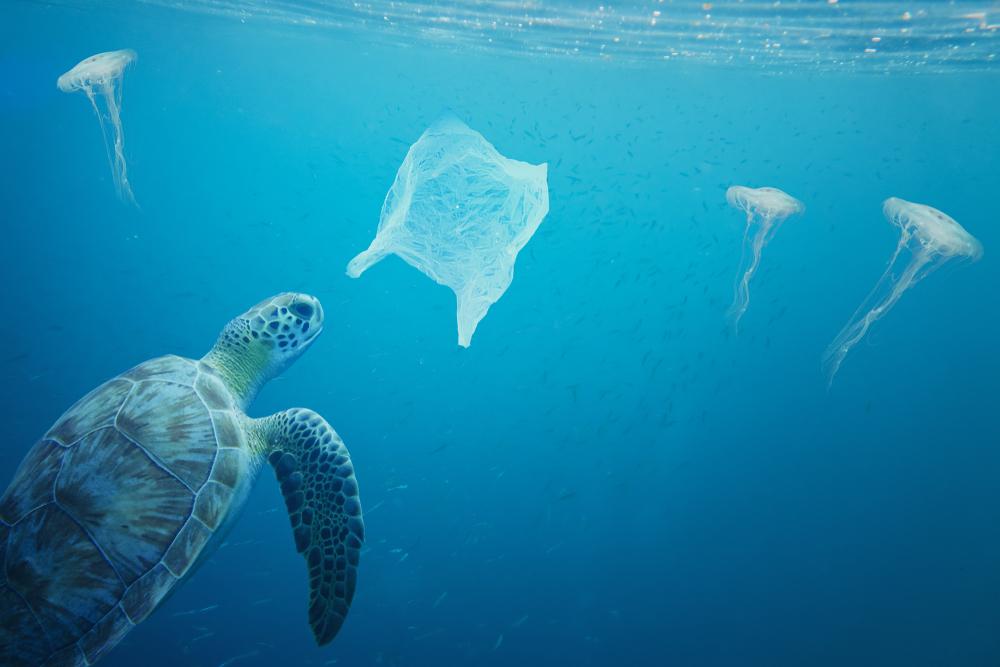Microplastics can pick up pollution in their travels and pose an even greater threat to human health, according to a new study.
In the ocean, for example, toxic compounds can hitch a ride on plastic and make the material 10 times more toxic than it would normally be, according to the research published earlier this year in Chemosphere.

